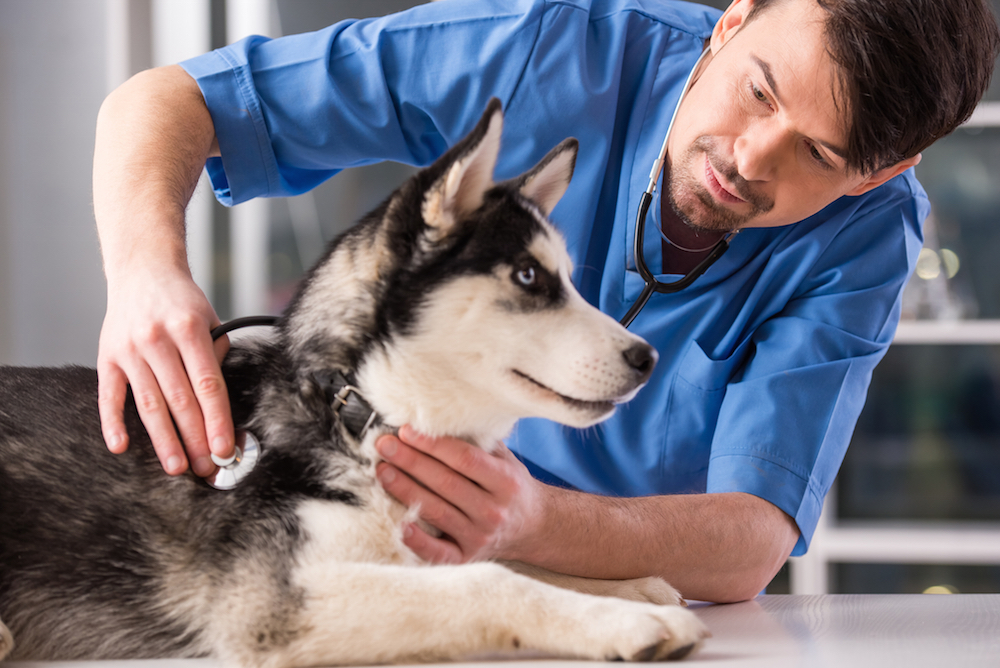
A small research study in Colorado had disturbing results: the study found that 13% of veterinarians believe that people are using their pets to obtain opioids—by making them appear to be injured, or by actually injuring the animal.
Gizmodo interviewed the author of the study, Liliana Tenney, a public health researcher at the University of Colorado Anschutz Medical Campus. Tenney is concerned about the lack of training and education for veterinarians regarding their responsibilities in the opioid crisis.
“In conversations with these doctors, they often ask: ‘Well, what do we do? We need to treat pets who are in pain but we also need to know how to identify and handle suspicious behavior,’” she said. “But there’s not a lot of resources or training right now to direct these veterinarians.”
According to Gizmodo, almost three-quarters of vets reported that their veterinary medical school training on opioids was mediocre, poor, or non-existent. Sixty-four percent said that following veterinarian school, they had no further training on the issue.
Newsweek reported that in the survey of 189 vets; 13% reported that they believed a client had intentionally injured a pet, made them ill, or made them appear unwell, in order to be prescribed a drug. Tramadol is the most common opioid stocked by veterinary practices.
The emailed survey also revealed that 45% of the vets knew of someone at work or a client who was abusing opioids, and 12% said they knew of a staff member that was giving out opioids.
Lee Newman, director of the Center for Health, Work & Environment at the Colorado School of Public Health, told Newsweek, “There were also reports of diversion of drugs within the veterinary practices. Doctors [of animals] can prescribe the full range of opioids that are prescribed and administered to humans.
“In fact, veterinarians have the ability to prescribe, administer, carry, stock, and dispense narcotics in clinics, depending on the pain needs of their animal patients.”
The survey results indicate that veterinarians have been dramatically undereducated about their role in drug monitoring. Sixty-two percent believed they had a role in preventing opioid abuse, and 40% were unsure if opioid abuse was an issue in their communities.
To address this gap, Liliana Tenney, along with her team, has built an online education course for veterinary providers. Tenney and others are also working on building a better surveillance program within Colorado, where the survey was conducted.
